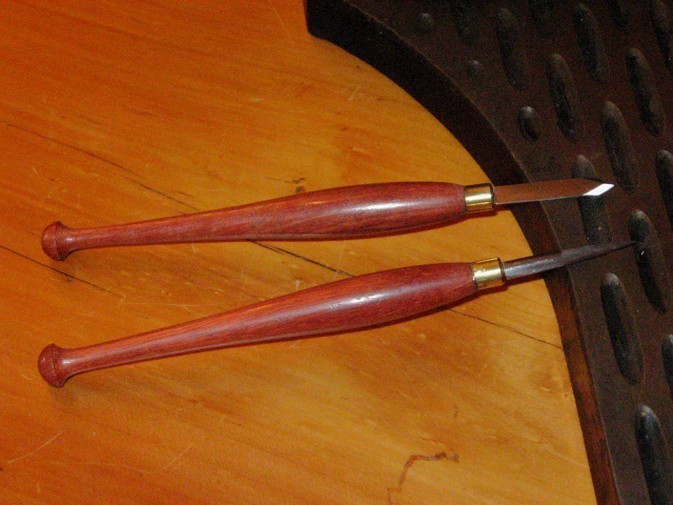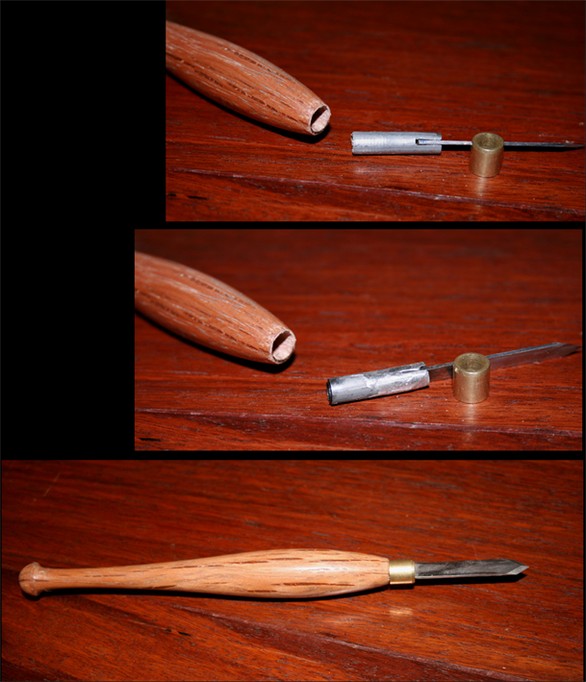shim20
Established Member
what do you guys use?? is there an easy way of making one?
cheers
cheers

shim20":aph2521j said:what do you guys use?? is there an easy way of making one?
cheers











Enter your email address to join: